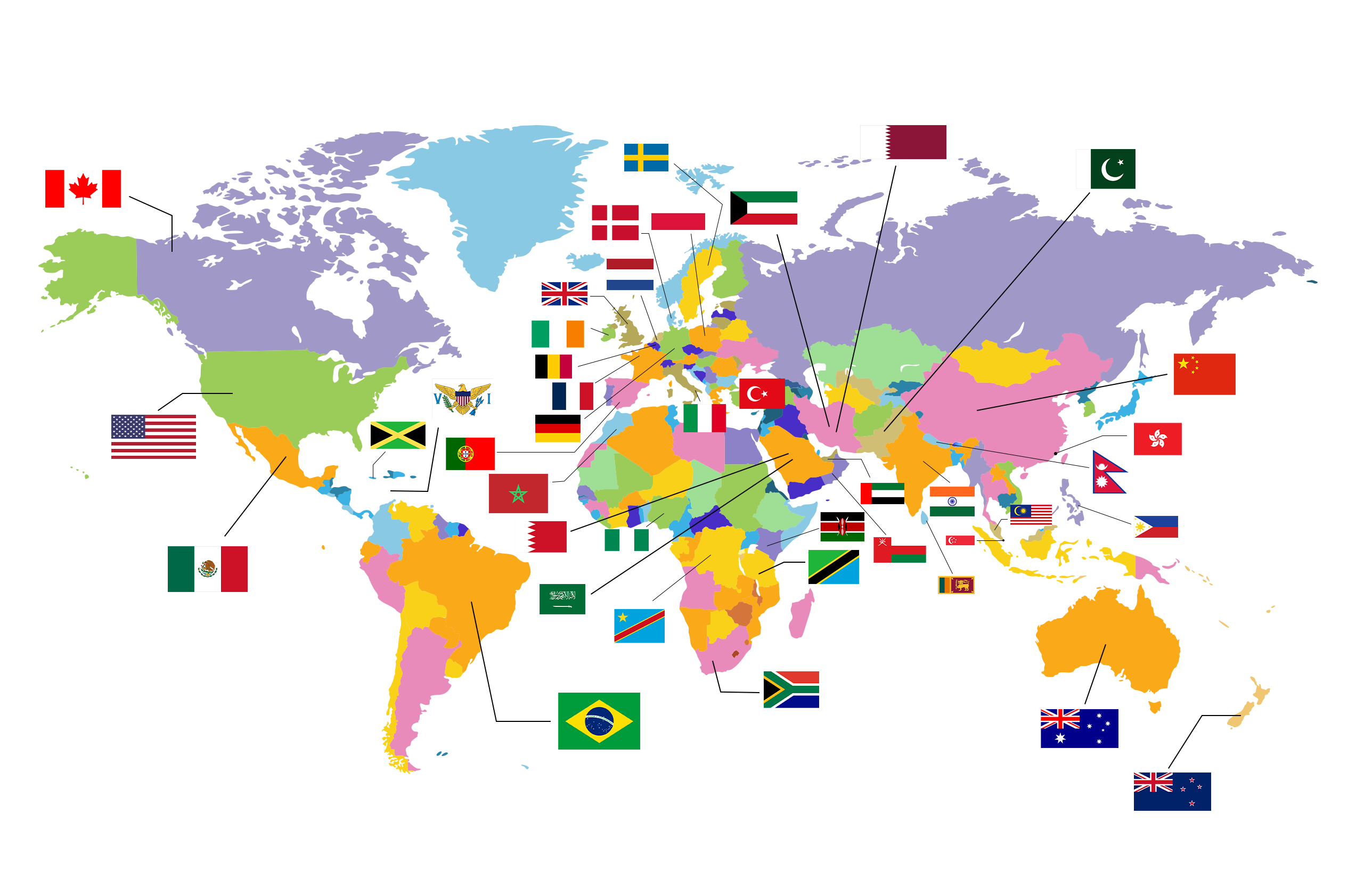When Buying Sugar… Be a RACIST!
We all know that brown rice is better than white rice, and whole wheat bread better than white bread, but does this pattern extend to sugar as well?
It is often said that brown sugar is a healthier option than white sugar. But you can chalk that up to clever marketing or simple illusion.
What is Brown Sugar?
Brown sugar is most often ordinary table sugar that is turned brown by the reintroduction of molasses. Normally, molasses is separated and removed when sugar is created from sugarcane plants.
In some cases, brown sugar particularly is referred to as “raw sugar” which is merely sugar that has not been fully refined. But more often, manufacturers prefer to reintroduce molasses to fine white sugar creating a mixture with about 5 percent to 10 percent molasses as it allows them to better control the color and size of the crystals in the final product. This might appeal to you aesthetically, since it gives the “organic” appearance.
Which is better?
So the two varieties of sugar are similar nutritionally. According to the United States Department of Agriculture, brown sugar contains about 17 kilocalories per teaspoon, compared with 16 kilocalories per teaspoon for white sugar.
Because of its molasses content, brown sugar does contain certain minerals, most notably calcium, potassium, iron and magnesium (white sugar contains none of these). But since these minerals are present in only minuscule amounts, there is no real health benefit to using brown sugar. The real differences between the two are taste and the effects on baked goods.
How much sugar is recommended?
Added sugars contribute additional calories and zero nutrients to food, which can harm your metabolism in long run. The World Health Organization (WHO) recommends to limit the sugar intake to below 5% of total calories or 25 grams per day. This does not only mean to restrict table sugar. You’re downing more sugar than you think, courtesy of these hidden sugar bombs in your everyday foods. Be wise enough to read the ingredient list given on the packet which will tell you if the product contains added sugar. If the lists says brown sugar, corn sweetener, corn syrup, fruit juice concentrates, high fructose corn syrup, honey, hydrolyzed starch, invert sugar, malt sugar, molasses, raw sugar, syrup, or sugar molecules (sucrose, fructose, dextrose, glucose), it is all SUGAR.
Beware! Eating too much sugar is linked to obesity, type 2 diabetes, heart disease, increased uric acid levels, etc.
Share the article if you think you’ve a friend who REALLY needs these tips!
How do you curb your sugar craving?
Comment to this article with your thoughts, and I shall get back to you!


